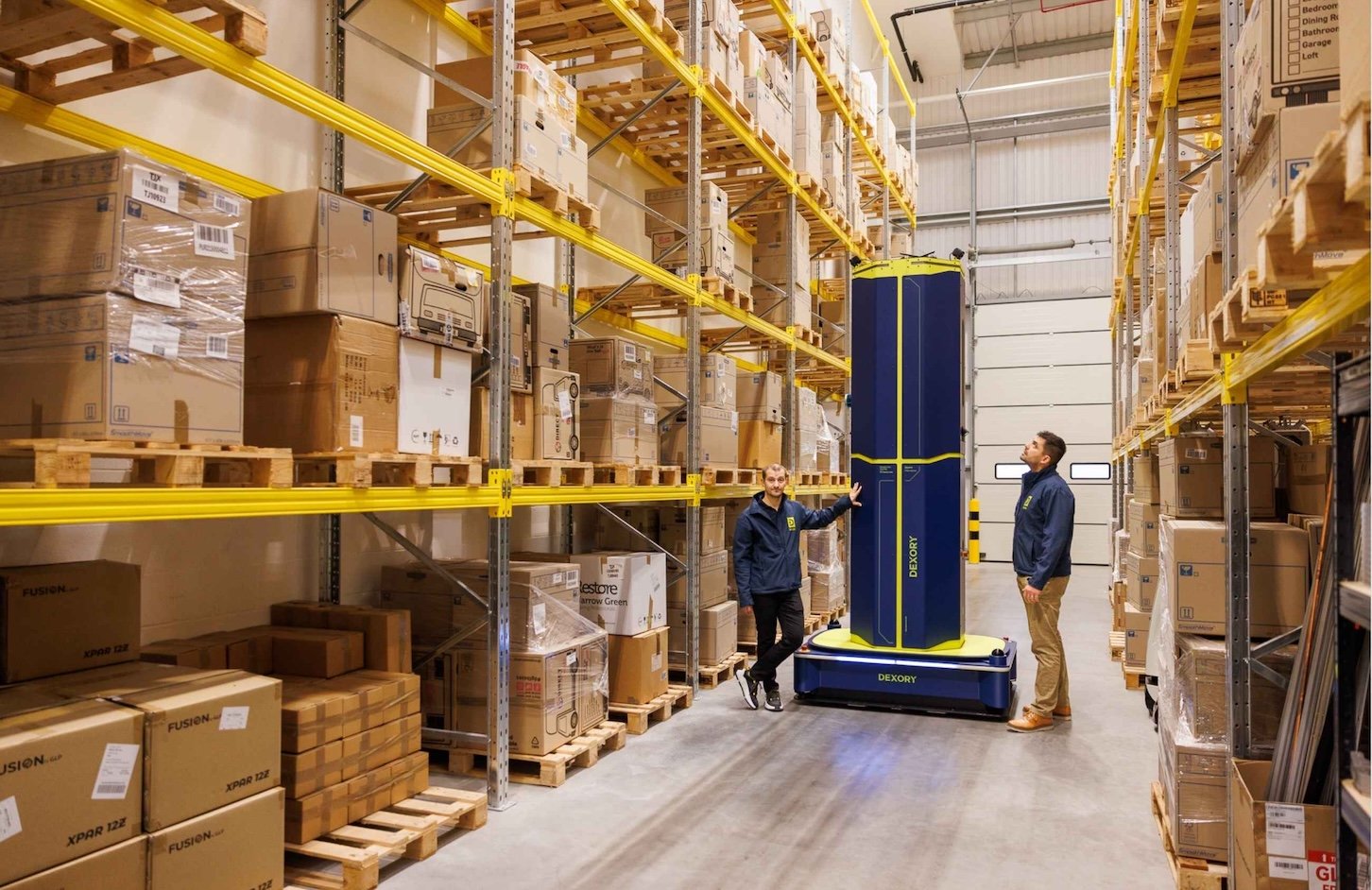C. Scott Brown / Android Authority
TL;DR
- The Google Pixel 10 Pro has a new feature that allows you to show your lock screen wallpaper on the always-on display (AOD).
- Your wallpaper is dimmed and blurred so as to not interfere with other elements on the AOD.
- Due to the feature’s display requirement, it won’t be available on the base Pixel 10.
Google launched the Pixel 10 the other day, and as usual, the new phones come with a host of smaller features that weren’t highlighted during the launch event. One notable addition is the ability to show your lock screen wallpaper on the always-on display (AOD). While this feature isn’t entirely new to the Pixel lineup — the Pixel 3 briefly had a version of it — it now returns with a significant upgrade. On the Pixel 10 Pro and Pixel 10 Pro XL, the AOD can now display the full wallpaper, rather than just a small portion.
Don’t want to miss the best from Android Authority?
This feature’s arrival isn’t a surprise, as we first discovered it in an Android 16 beta back in late May. At the time, however, it wasn’t fully functional on any of our test devices. In our initial hands-on with this “Ambient AOD” feature, we observed periodic screen flickering on existing Pixel models. This led us to theorize that the feature was intended for new hardware with upgraded displays — a theory confirmed by its availability on the Pixel 10 Pro.
To show your Pixel 10 Pro’s wallpaper on the AOD, go to Settings > Display > Always-on display and toggle “Show lock screen wallpaper,” as shown below:
Then, press the power button to turn off the display, and you should see your wallpaper on the AOD. It will appear blurred and dimmed to conserve power, reduce distractions, and keep other AOD information visible. This adds a delightful bit of personalization that feels right in line with Google’s new Material 3 Expressive design, which places a heavy emphasis on blur and personalization.
We’re not entirely sure why this feature is only available on the Pixel 10 Pro and Pro XL, but it could be due to the two devices supporting LTPO. The base Pixel 10 does not support LTPO and thus can only switch between 60 and 120Hz refresh rates, versus the more adaptive refresh rates available on the Pro models. If this is the reason, then it’s reasonable to assume the feature might come to other Pixels with LTPO, but we’ll have to wait and see.
Regardless, multiple non-Pixel devices have had this feature for a while, so it’s still good to see Google finally catch up.
Thank you for being part of our community. Read our Comment Policy before posting.








